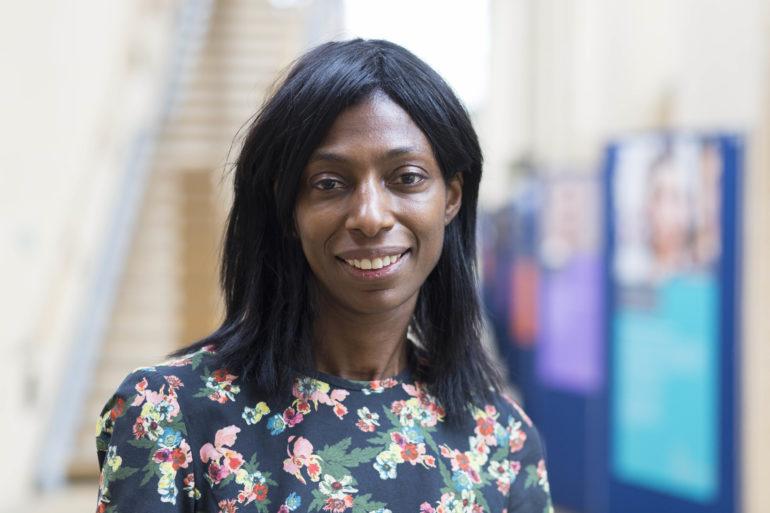British Broadcasters Must ‘Redouble Efforts’ on Diversity, Media Regulator Says
By Robert Mitchell
LOS ANGELES (Variety.com) – With progress on diversity in the television workforce appearing to slow, British broadcasters must “redouble their efforts” to improve the situation across the industry, the U.K.’s media regulator said.
In its third annual report into diversity and equal opportunities in the British TV sector, Ofcom said that in the past year there had been “no discernible change in the TV industry’s diversity profile” with regard to women, minorities and people with disabilities in the workforce. The standstill comes after encouraging progress the year before, in 2017-18.
“We want a TV industry where differences are celebrated, and the door is open to all,” Sharon White, ’s outgoing chief executive, said Wednesday. “But the evidence shows that the dial towards full inclusivity is not shifting quickly enough, and we cannot allow progress to stall.”
The new Ofcom report found that, for the second year running, the proportion of women working in television had fallen and remained below the national average of 47%. In the TV sector, women made up only 45% of the workforce in 2018-19, a 1% drop year-on-year. The result comes despite higher proportions of female employees at leading broadcasters Channel 4 (57%), (54%) and Viacom, which owns Channel 5 (53%). The BBC’s workforce is 44% female, while Sky stands at 39%.
The proportion of employees of color or who have a disability remains unchanged year-on-year at 13% and 6%, respectively, after having notched notable increases between 2016’s first report (11% and 3%) and 2017-18. While ethnic diversity in the British TV industry remains slightly above the national average, people with disabilities remain poorly represented in the TV workforce. At 6%, it is just one third the national average of 18%.
Viacom boasts the greatest ethnic diversity (20%) among the five major British broadcasters, closely followed by (19%). The (13%) and (16%) also both employed a greater proportion of people from ethnic minority backgrounds than that of the national workforce (12%), with only ITV falling below that level (10%).
None saw the makeup of its workforce with disabilities match the equivalent proportion of the U.K. workforce, with Channel 4 (11%) and the BBC (10%) doing better than Viacom (8%), ITV (4%) and Sky (3%).
The report also found that the proportion of women and employees of color in senior management positions had not seen significant improvement, both rising just 1% year-on-year to 42% and 8%, respectively.
Older people also remain underrepresented, with just 17% of the workforce older than 50, compared to 31% across the whole of the U.K. workforce. However, the proportion of over-50s working in television had risen 1% year-on-year. Men over 50 are more likely to be employed than women of the same age.
It was also the first time the report directly looked at the social and economic background of industry employees, revealing that people working in TV are twice as likely than the average person to have attended private schools.
“Broadcasters must redouble their efforts to understand their workforces, examine what is working, and strive harder to attract the most talented people into television – whatever their characteristics or backgrounds,” said White, who announced in June that she would leave her role at Ofcom at the end of year.
Across the U.K. industry, broadcasters now collect gender data from 100% of employees; ethnicity data from 89%; and disability data from 71%. The report used information provided by 14 major broadcasters and also surveyed responses from roughly 30% of the U.K.-based TV workforce – more than 10,000 people.

